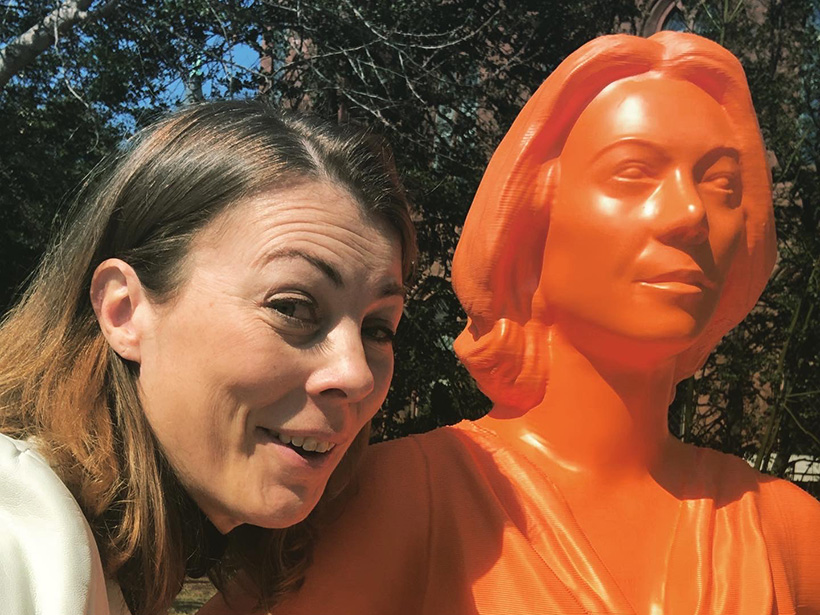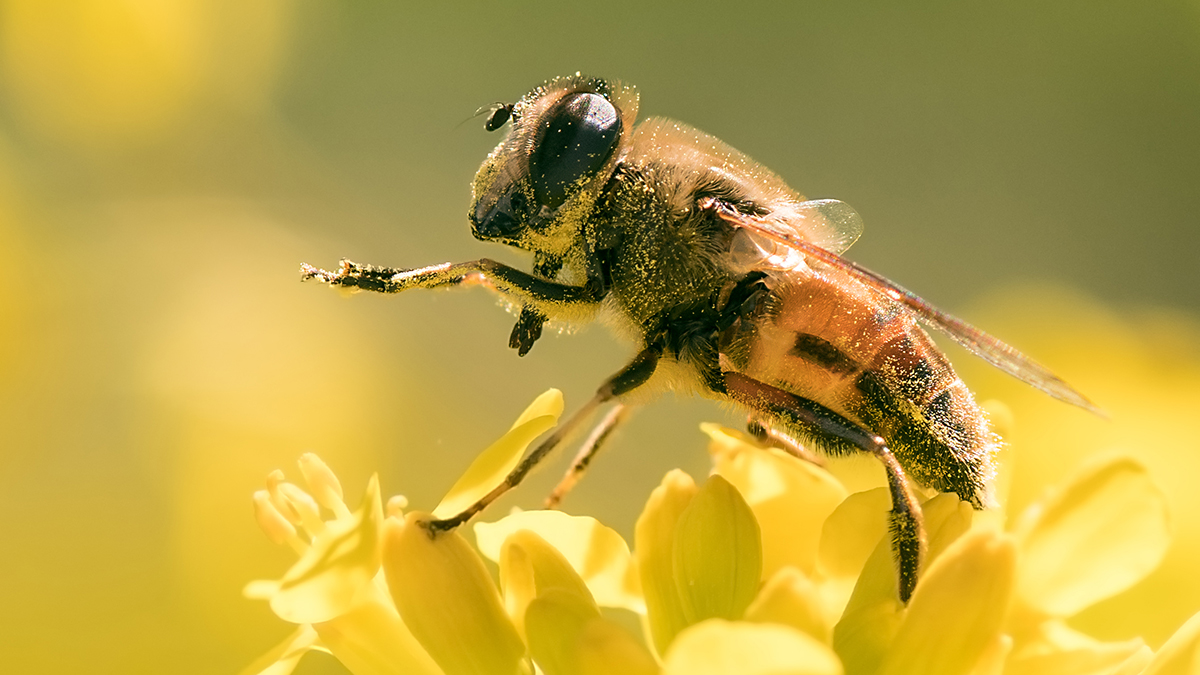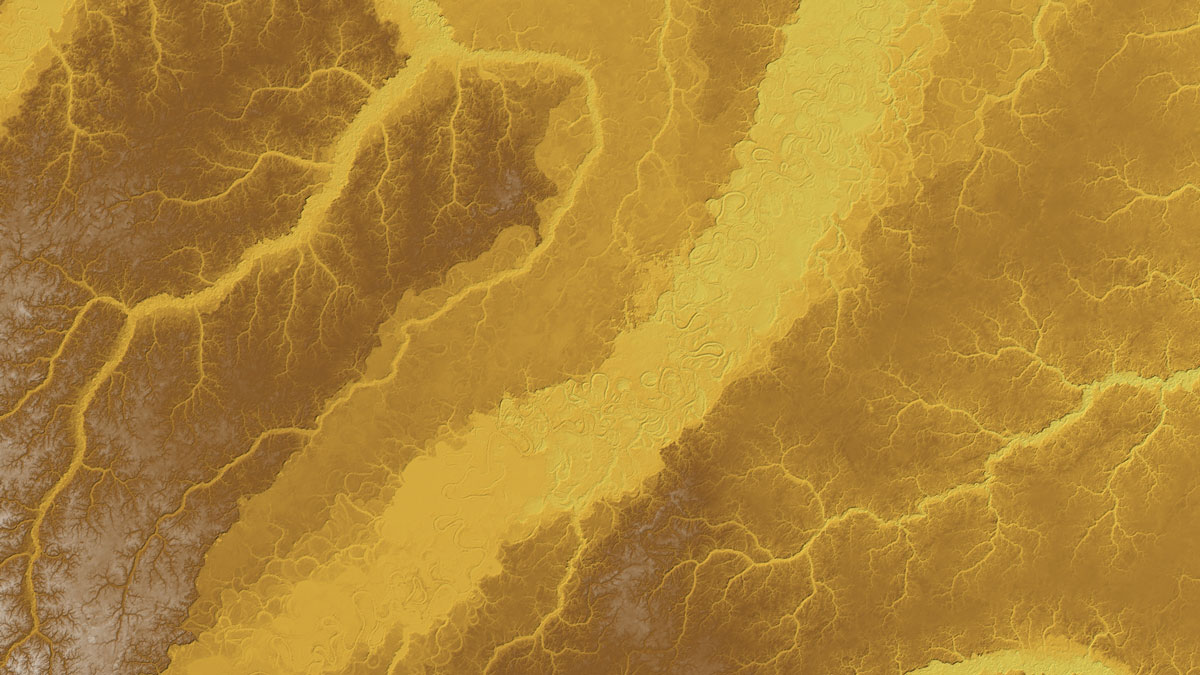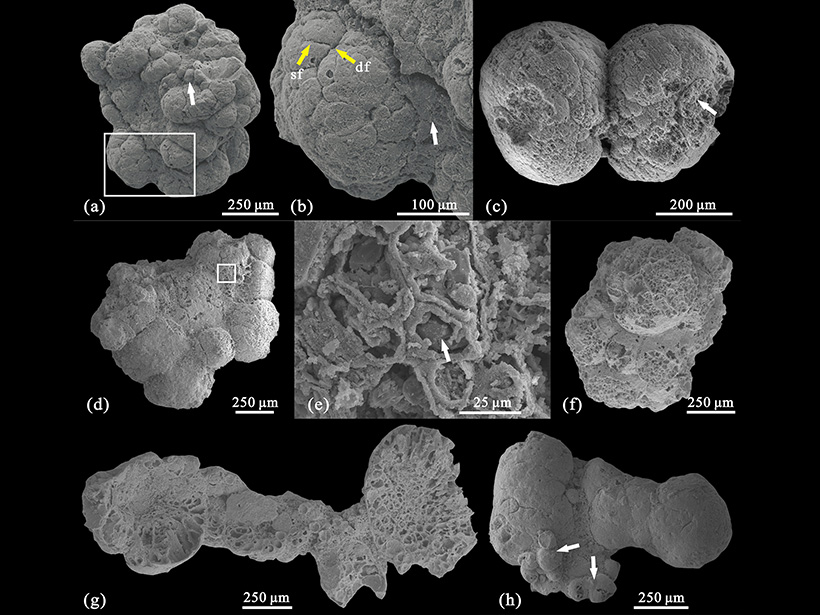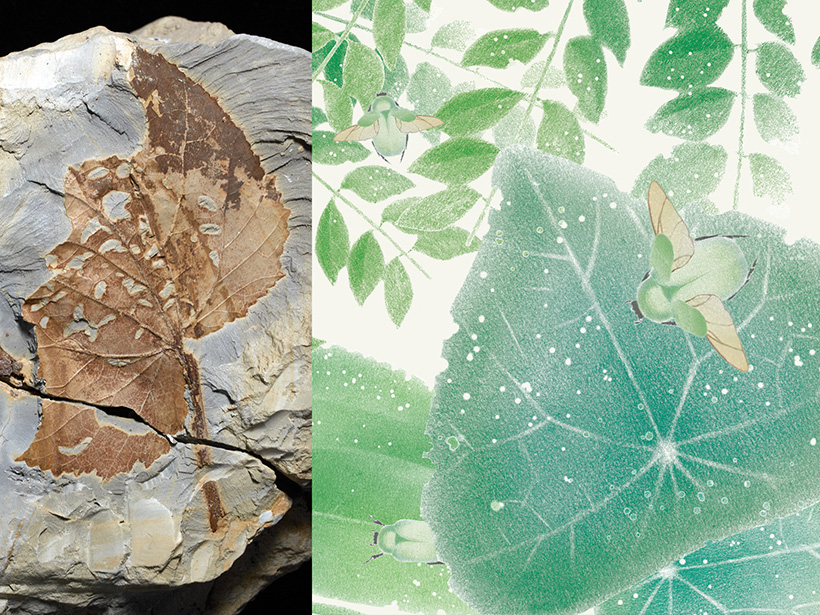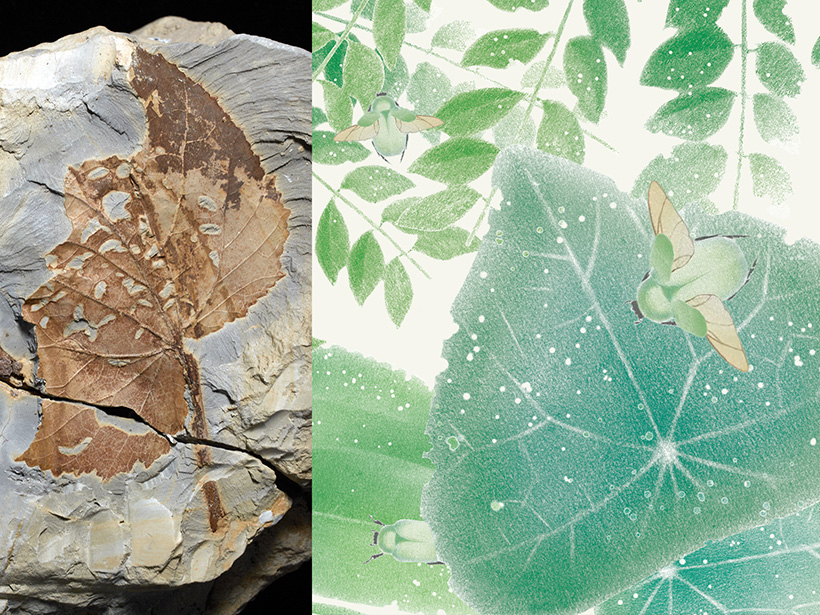Refugia repopulate forests after fires, but climate change is making these woodlands increasingly unpredictable.
biodiversity
Fluid Dynamics of Tiny, Ancient Marine Animals
Water flow simulations using 3D models of fossils yield new clues to the evolution of organisms known as medusozoans.
Maui Endures More Drought and Drier Streams
Drought continues to threaten Maui’s native land-based and marine ecosystems, water resources, and traditional ways of life. But conservationists have hope—and ways to fight back.
Kimberley Miner: Preserving Earth’s Biodiversity and Integrity
From Antarctica to the Arctic, Miner’s career as a climate scientist has taken her to Earth’s frozen areas to study the effects of climate change.
La polinización se desplomó 31% en campos contaminados
Los niveles de contaminación del aire por debajo de los límites “seguros” (y más bajos que los que comúnmente se encuentran en las ciudades) llevaron a una disminución significativa de la polinización de hasta por 10 insectos comunes.
Pollination Plummeted 31% in Polluted Fields
Air pollution levels below “safe” limits (and lower than those commonly found in cities) led to a significant decrease in pollination by 10 common insects.
How Climate Change Shaped the Amazon’s Land and Life
Ice Age climate swings shaped the equatorial basin’s terrain—and possibly its ecology—faster than previously thought.
Multicellular Algae Discovered in an Early Cambrian Formation
A new study describes eukaryotic organisms found organized in a cortex-medulla pattern in southern China’s Kuanchuanpu Formation.
El impacto de Chicxulub cambió para siempre la biodiversidad de la selva tropical
Hace sesenta y seis millones de años, un asteroide reinició la mayor parte de la vida en la Tierra. Pero sin este evento catastrófico, la composición de las selvas tropicales neotropicales no sería la misma.
Chicxulub Impact Changed Tropical Rain Forest Biodiversity Forever
Sixty-six million years ago, an asteroid reset most of life on Earth. But without this catastrophic event, the composition of neotropical rain forests wouldn’t be the same.




